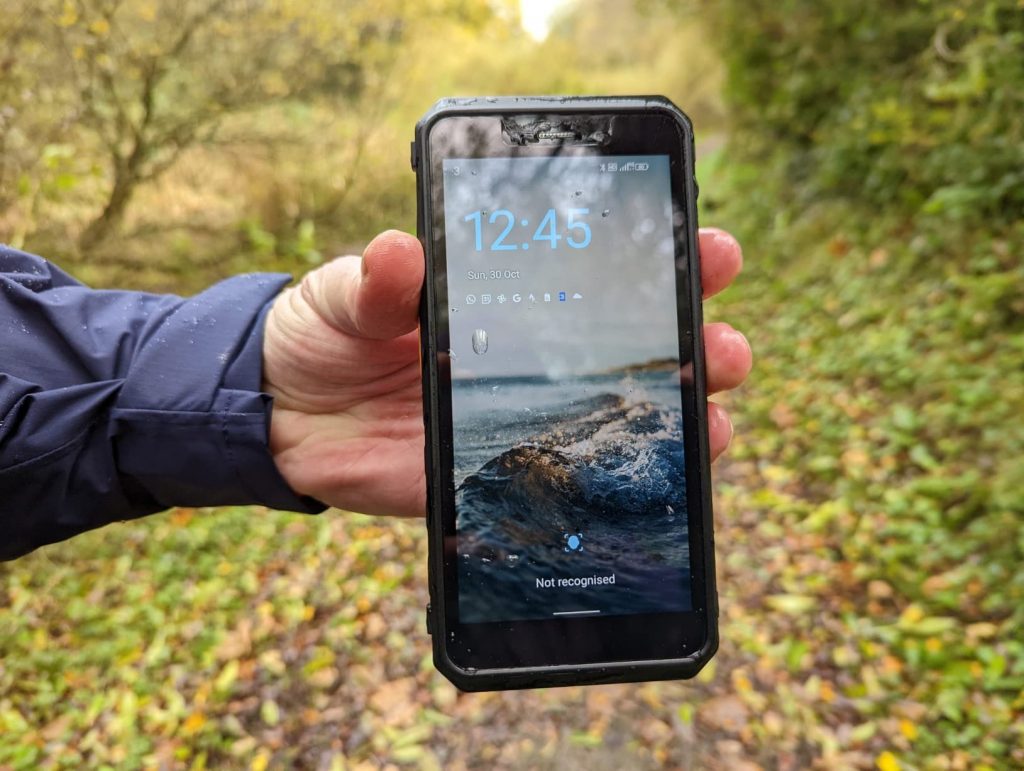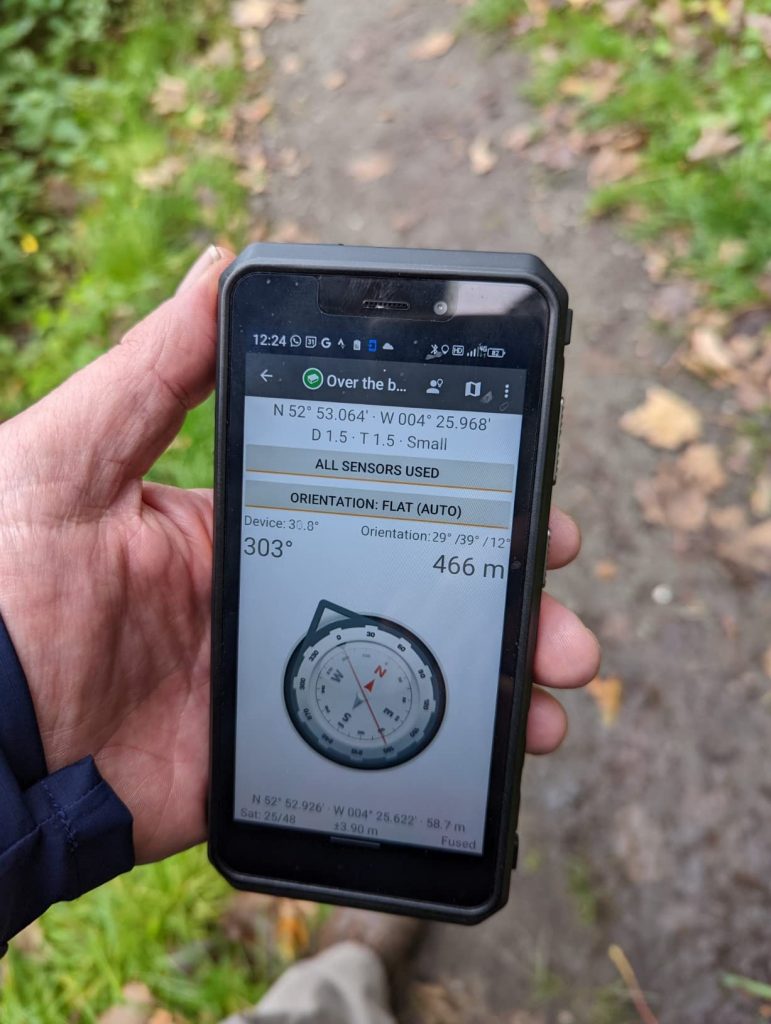If you’re an outdoor enthusiast, you know the importance of having a reliable and rugged smartphone by your side. The Ulefone Power Armor X11 Pro Rugged Smartphone is designed specifically with durability and versatility in mind, making it the perfect choice for anyone who loves to spend time in the great outdoors.

One of the standout features of the Ulefone Power Armor X11 Pro is its ruggedness. It’s built to withstand even the toughest conditions, with an IP68 rating for water and dust resistance. This means that it can be submerged in water up to 1.5 meters deep for up to 30 minutes without any damage. It’s also shockproof, able to withstand drops from up to 1.5 meters without any damage.
In addition to its rugged design, the Ulefone Power Armor X11 Pro is packed with features that make it perfect for outdoor activities. It has a large 5.5 inch HD display that’s perfect for viewing maps and other information, even in bright sunlight. It also has a powerful 8-core processor and 4GB of RAM, making it capable of handling even the most demanding apps and games.

But where the Ulefone Power Armor X11 Pro really shines is in its GPS capabilities. It’s equipped with high-precision GPS, GLONASS, and BeiDou navigation systems, allowing you to track your location and movements with incredible accuracy. This is especially useful for activities like geocaching, where it’s important to get a quick lock onto your exact location and give exact readings to that elusive cache.
The Ulefone Power Armor X11 Pro also has a range of other features that make it perfect for outdoor adventures. It has a long-lasting 8150mAh battery, so you don’t have to worry about running out of power when you’re out in the wilderness, I got a day of heavy GPS usage without having to recharge the phone and never ran out of battery. It also has a 16MP rear camera and a 5MP front camera, allowing you to capture stunning photos and videos of your adventures.

Overall, the Ulefone Power Armor X11 Pro is an excellent choice for anyone who loves spending time outdoors. Its rugged design, powerful specs, and advanced GPS capabilities make it a fantastic outdoor companion. Whether you’re hiking through the mountains or exploring the wilderness in search of that cache, the Ulefone Power Armor X11 Pro has you covered. The phone is priced at £155 but as can be found for less.

















